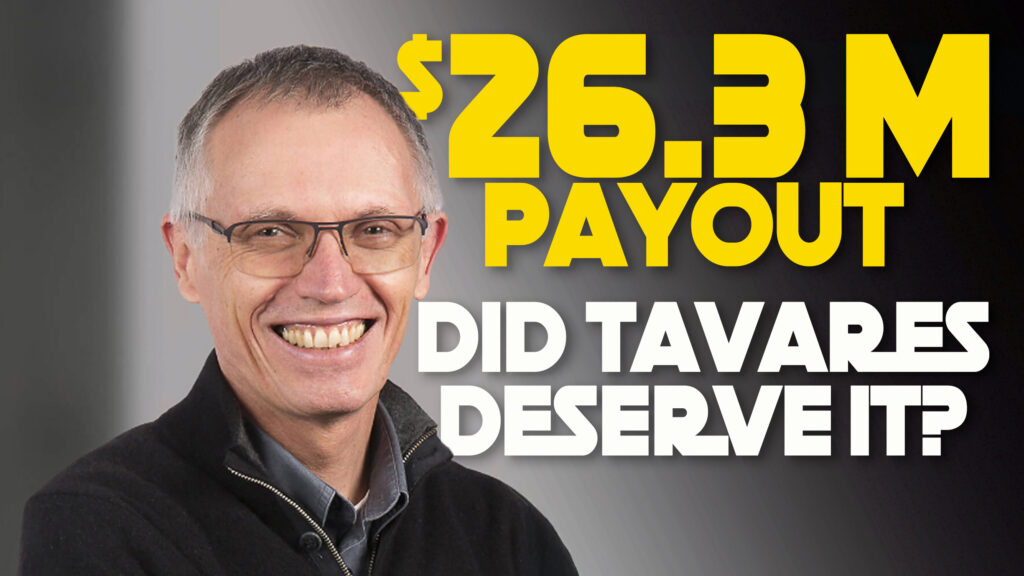Tavares’s Payday

Former Stellantis CEO, Carlos Tavares, recently found himself at the center of a heated debate over his substantial €23.1 million ($26.3M) payout, after a year of suboptimal performance by the automotive giant. This substantial figure includes his salary and an additional €12 million ($13.7M) as severance and bonuses. Incidentally, 67% of investors approved this payoff, despite a vocal minority labeling it as a reward for failure.
Financial Context

The year 2024 proved challenging for Stellantis, with profits nosediving by 70%. The company managed to scrape together a profit of €5.5 billion ($6.3B) by year-end, but this marked a significant downturn from previous years. Such a dramatic dip in profits inevitably led to Tavares’s departure in December 2024. To put it in perspective, his compensation package was significantly lower than his 2023 earnings of €36.5 million ($41.5M), during a relatively stable business period.
Shareholder Reactions
Despite the majority supporting the payout, some investors were vocally against it. Charles Pinel, CEO of Proxinvest, was a leading critic. He aimed to revoke the severance deal, stating, “It’s not acceptable to award severance pay to a manager who led the company to a situation of failure.” These sentiments reflect broader frustrations among shareholders who expected accountability following a year of poor results.
Current State
Fast forward five months, and Stellantis is still on the hunt for a new CEO. Chairman John Elkann promised an appointment soon. However, the current climate hasn’t seen a Stark improvement in sales, still dipping by a fifth in 2025’s first quarter. Part of Stellantis’s woes stem from the challenges posed by tariffs under the Trump administration, straining the import of vehicles and parts.
Reversals and Future Plans
In a bid to curb displeasure, Stellantis reversed some criticized decisions made under Tavares, like the discontinuation of the Hemi V8. Dodge, for instance, is rumored to be retrofitting its Charger, initially designed for EV and Hurrican I6 engines, to accommodate a V8. This shift signals a renewed focus on performance cars even amidst a broader industry transformation toward electrification.
“`
To navigate the complex landscape of auto industry leadership, it’s crucial to keep a finger on the pulse of both financial impacts and strategic reversals. Stellantis’s decision to revisit beloved engine options like the Hemi V8 showcases the balance between tradition and innovation needed to sway shareholder and consumer sentiments alike in these evolving times.
Tesla Regret Trend
Kia K4 Hatch Unveiled
Hybrid Shift to Indiana
Porsche 911 GT3 Shines
Civic Hybrid Indiana